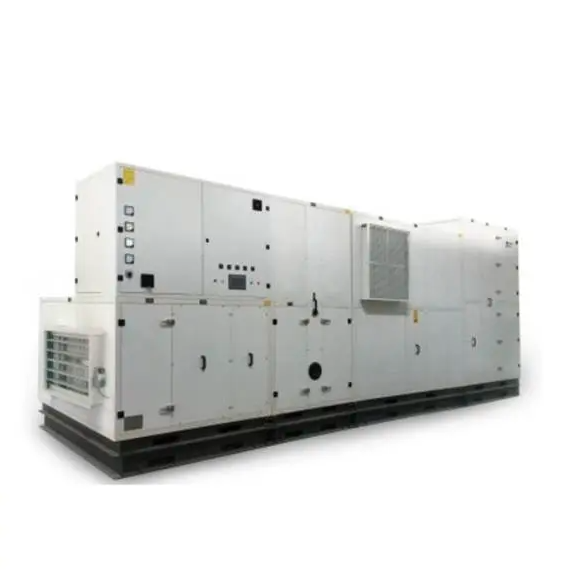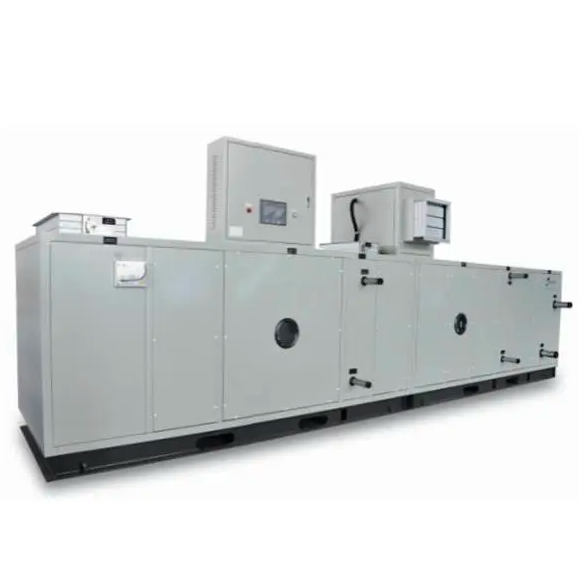Desiccant dehumidifiers are a popular choice for many homeowners and businesses looking to effectively remove excess moisture from their indoor environments. But how is a desiccant dehumidifier different from other types of dehumidifiers? In this article, we will explore the main features and benefits of desiccant dehumidifiers and why they are often the first choice for many people.
One of the main differences between desiccant dehumidifiers and other types of dehumidifiers, such as refrigerant dehumidifiers, is how they operate. Desiccant dehumidifiers use a chemical desiccant (usually silica gel) to absorb excess moisture from the air. The process involves passing moist air through a desiccant material, which traps water molecules and releases the dry air back into the environment. In contrast, refrigeration dehumidifiers use a cooling system to condense moisture in the air, creating a drier indoor atmosphere.
One of the key advantages of desiccant dehumidifiers is their ability to effectively remove moisture in low-temperature environments. Unlike refrigerant dehumidifiers, which are less efficient in cold conditions, desiccant dehumidifiers maintain their effectiveness even at lower temperatures. This makes them ideal for basements, garages, crawl spaces, and other areas where temperature fluctuations are common.
Desiccant dehumidifiers are also known for their quiet operation, which makes them an excellent choice for use in living spaces where noise levels are a concern. Unlike refrigerant dehumidifiers, which produce noticeable noise when turned on and off, desiccant dehumidifiers operate more quietly, providing a quiet indoor environment.
Another notable feature of desiccant dehumidifiers is their energy efficiency. While refrigerant dehumidifiers require a lot of energy to run their cooling systems, desiccant dehumidifiers consume less electricity, making them a cost-effective option for long-term use. This energy efficiency also makes desiccant dehumidifiers an environmentally friendly choice, as they have a lower carbon footprint compared to other types of dehumidifiers.
In addition to their practical advantages, desiccant dehumidifiers are often favored for their portability and compact design. Many models are lightweight and easy to move from one area to another, allowing for flexible placement based on the specific dehumidification needs of the space. This makes desiccant dehumidifiers a versatile option that can be used in a variety of environments from residential to industrial facilities.
Overall, desiccant dehumidifiers offer a unique set of benefits that set them apart from other types of dehumidifiers. Their ability to effectively remove moisture at low temperatures, operate quietly, are energy efficient and portable make them a popular and practical choice for individuals and businesses. Whether you're dealing with humid conditions at home or looking to maintain optimal humidity levels in a commercial environment, a desiccant dehumidifier may be just the solution you need.
Post time: Feb-27-2024







